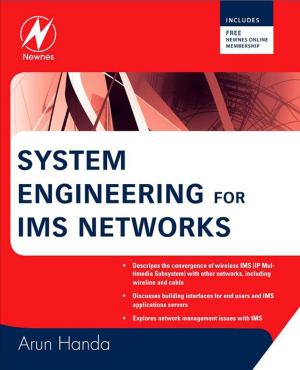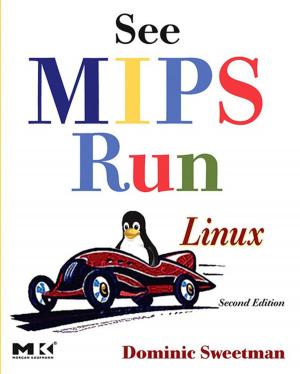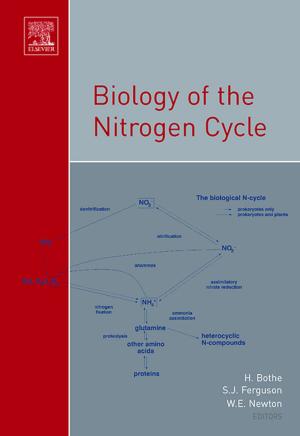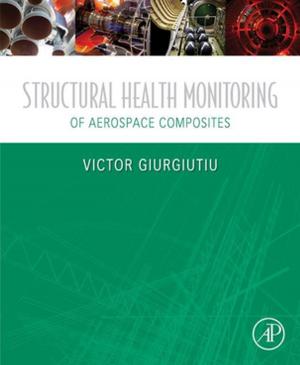Penetration Tester's Open Source Toolkit
Nonfiction, Computers, Networking & Communications, Computer Security, Operating Systems, Application Software| Author: | Jeremy Faircloth | ISBN: | 9781597496285 |
| Publisher: | Elsevier Science | Publication: | August 25, 2011 |
| Imprint: | Syngress | Language: | English |
| Author: | Jeremy Faircloth |
| ISBN: | 9781597496285 |
| Publisher: | Elsevier Science |
| Publication: | August 25, 2011 |
| Imprint: | Syngress |
| Language: | English |
Penetration Tester’s Open Source Toolkit, Third Edition, discusses the open source tools available to penetration testers, the ways to use them, and the situations in which they apply. Great commercial penetration testing tools can be very expensive and sometimes hard to use or of questionable accuracy. This book helps solve both of these problems. The open source, no-cost penetration testing tools presented do a great job and can be modified by the student for each situation.
This edition offers instruction on how and in which situations the penetration tester can best use them. Real-life scenarios support and expand upon explanations throughout. It also presents core technologies for each type of testing and the best tools for the job. The book consists of 10 chapters that covers a wide range of topics such as reconnaissance; scanning and enumeration; client-side attacks and human weaknesses; hacking database services; Web server and Web application testing; enterprise application testing; wireless penetrating testing; and building penetration test labs. The chapters also include case studies where the tools that are discussed are applied. New to this edition: enterprise application testing, client-side attacks and updates on Metasploit and Backtrack.
This book is for people who are interested in penetration testing or professionals engaged in penetration testing. Those working in the areas of database, network, system, or application administration, as well as architects, can gain insights into how penetration testers perform testing in their specific areas of expertise and learn what to expect from a penetration test. This book can also serve as a reference for security or audit professionals.
- Details current open source penetration testing tools
- Presents core technologies for each type of testing and the best tools for the job
- New to this edition: Enterprise application testing, client-side attacks and updates on Metasploit and Backtrack
Penetration Tester’s Open Source Toolkit, Third Edition, discusses the open source tools available to penetration testers, the ways to use them, and the situations in which they apply. Great commercial penetration testing tools can be very expensive and sometimes hard to use or of questionable accuracy. This book helps solve both of these problems. The open source, no-cost penetration testing tools presented do a great job and can be modified by the student for each situation.
This edition offers instruction on how and in which situations the penetration tester can best use them. Real-life scenarios support and expand upon explanations throughout. It also presents core technologies for each type of testing and the best tools for the job. The book consists of 10 chapters that covers a wide range of topics such as reconnaissance; scanning and enumeration; client-side attacks and human weaknesses; hacking database services; Web server and Web application testing; enterprise application testing; wireless penetrating testing; and building penetration test labs. The chapters also include case studies where the tools that are discussed are applied. New to this edition: enterprise application testing, client-side attacks and updates on Metasploit and Backtrack.
This book is for people who are interested in penetration testing or professionals engaged in penetration testing. Those working in the areas of database, network, system, or application administration, as well as architects, can gain insights into how penetration testers perform testing in their specific areas of expertise and learn what to expect from a penetration test. This book can also serve as a reference for security or audit professionals.
- Details current open source penetration testing tools
- Presents core technologies for each type of testing and the best tools for the job
- New to this edition: Enterprise application testing, client-side attacks and updates on Metasploit and Backtrack















